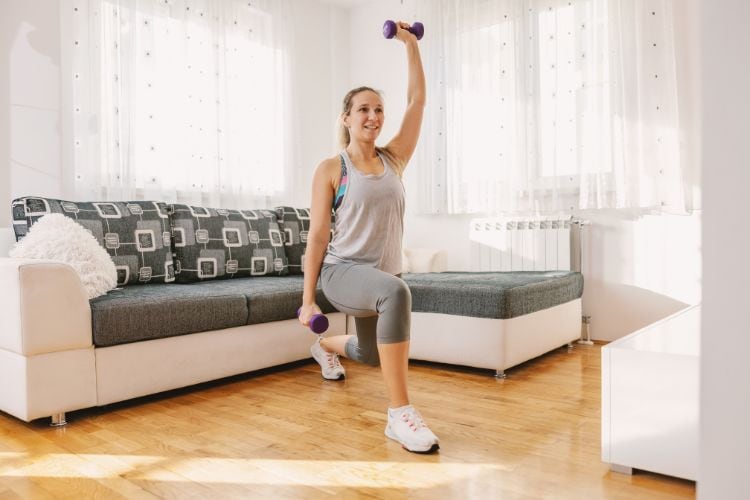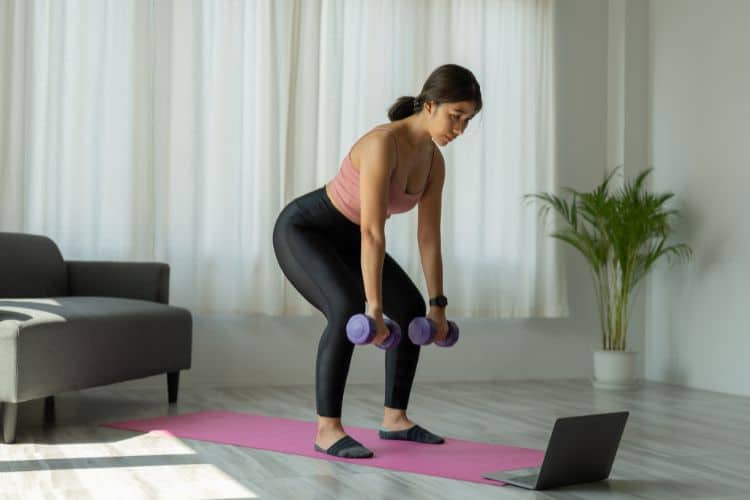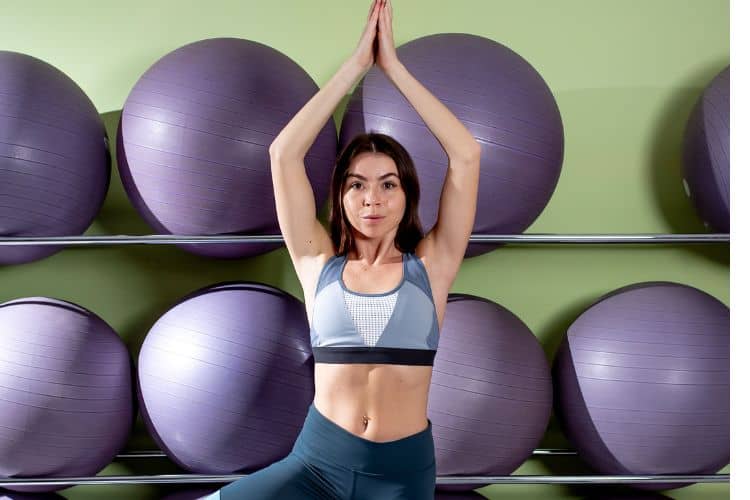Sign up for workout ideas, training advice, reviews of the latest gear and more.






Yoga is often associated with flexibility, mindfulness, and stress relief. However, yoga can also be an effective tool for building muscular strength, improving endurance, and enhancing functional movement. Yoga strength training combines traditional yoga poses with bodyweight resistance to create a holistic workout that sculpts lean muscle and improves overall body control.
Whether you’re an athlete looking to improve performance or a beginner aiming to get stronger without weights, yoga strength training offers a low-impact, full-body approach to fitness that supports both physical and mental well-being.
Yoga strength training refers to the integration of strength-building techniques into yoga flows and poses. It involves using your own body weight as resistance to activate and engage different muscle groups. Unlike conventional weightlifting, yoga builds strength through isometric holds, dynamic transitions, and controlled breathing.
Yoga strength training is ideal for people looking to build strength while maintaining or improving flexibility and mobility. It’s also joint-friendly, making it suitable for all ages and fitness levels.
Yoga activates both major and stabilizer muscles. Isometric holds (like Plank, Warrior II, and Chair Pose) engage multiple muscle groups simultaneously, promoting hypertrophy and toned, lean muscle growth without bulk.
Almost every yoga pose requires core engagement, leading to stronger abdominals, obliques, and back muscles. A strong core supports posture, reduces injury risk, and enhances athletic performance.
Unlike traditional strength training which can sometimes restrict range of motion, yoga incorporates deep stretches, increasing joint flexibility and muscle elasticity.
Holding challenging poses while maintaining steady breath patterns builds muscular and cardiovascular endurance. Repeated flows (like Sun Salutations) mimic interval-style training.
Through mindful movement and breath awareness, yoga helps improve neuromuscular coordination and focus, making your workouts more efficient.
Here’s a yoga strength training flow that targets your full body while promoting flexibility and balance.
Repeat the following flow 2–3 times:
This routine blends isometric holds with fluid transitions for a functional strength workout that enhances mobility and balance.
Start by holding each pose for 20–30 seconds. Over time, increase to 60+ seconds to build endurance and muscular tension.
Incorporate repeated movements or small pulses within a pose to intensify the challenge. For example, pulse in Chair Pose or Bridge Pose to activate deeper muscle fibers.
Use yoga blocks or resistance bands to enhance difficulty. For instance, placing a block between the thighs in Bridge Pose increases glute engagement.
As you gain strength, begin exploring more advanced poses like:
These advanced poses require significant muscular strength and control.
Going directly into strength poses without properly warming up increases injury risk. Always begin with dynamic movements to prepare your joints and muscles.
Strength building in yoga relies on synchronized breathing. Holding your breath can cause tension and reduce performance. Focus on deep, even inhalations and exhalations.
Incorrect alignment leads to joint strain. Engage in mirror checks, video feedback, or consult an instructor to ensure safe positioning.
Yoga strength training is powerful but should not be overdone. Overuse can lead to fatigue and injury. Rest days are essential for muscle recovery.
Yoga strength training is accessible and beneficial for:
It’s a versatile approach to fitness that doesn’t require a gym or equipment, making it highly sustainable long-term.
Day 1: Lower Body Strength Focus
2: Core & Upper Body Strength
3: Full Body Flow + Flexibility
Add rest or restorative yoga days between for recovery and mobility improvement.
| Aspect | Yoga Strength Training | Traditional Strength Training |
|---|---|---|
| Resistance | Bodyweight | External weights (dumbbells, machines) |
| Mobility | High | Often limited unless supplemented |
| Equipment | None needed | Requires gym or home setup |
| Focus | Balance, core, flexibility | Muscle hypertrophy and power |
| Injury Risk | Low | Moderate if form is poor |
Yoga strength training offers a functional, holistic approach, whereas traditional lifting is better for maximum strength and hypertrophy. Many athletes benefit by combining both methods.
Yoga strength training bridges the gap between flexibility, balance, and strength. It’s a powerful way to build lean muscle, enhance core stability, and improve total-body function without heavy weights or equipment. Whether you’re new to yoga or want to improve your strength holistically, this practice brings both physical power and mental clarity.
Take your fitness to the next level with yoga strength training—a mindful and effective path to becoming stronger, more mobile, and more resilient from the inside out.
Want more workout and video guide?
Follow us on Pinterest Subscribe to our blog and Stay tuned for FREE downloadable of our App coming soon!
Stay up to date on the latest women’s health, fitness and lifestyle trends and tips.